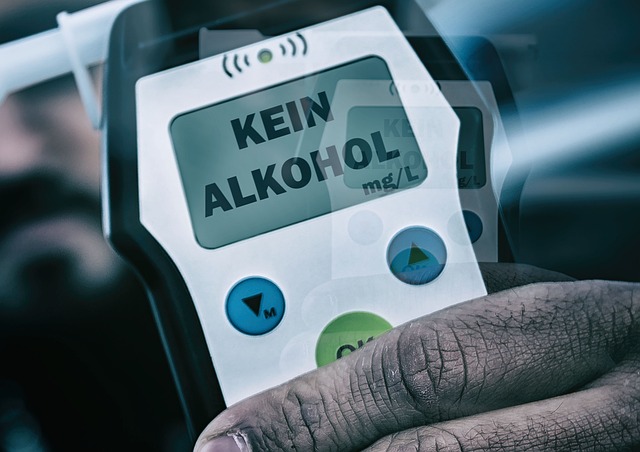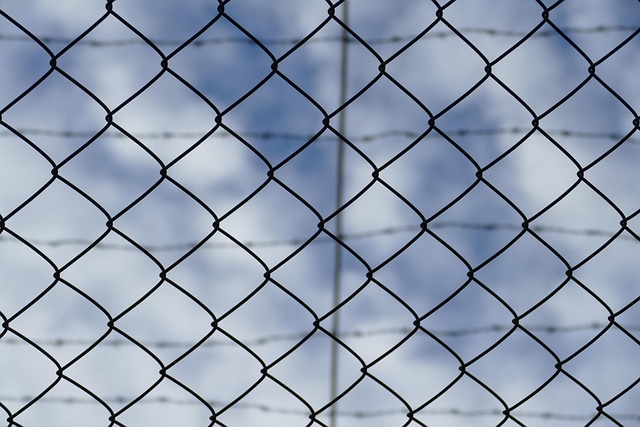High-risk DUI reoffenders pose a significant challenge, but emerging technologies like advanced data analytics, GPS tracking, and AI offer innovative solutions. These tools predict recidivism, enable continuous supervision, facilitate personalized counseling, and target prevention strategies, aiming to break the cycle of DUI recidivism and enhance public safety.
In the ongoing battle against DUI recidivism, understanding high-risk offenders is paramount. These individuals pose significant challenges due to their elevated risk of reoffending, posing a severe threat to public safety. This article explores the multifaceted issue, delving into current challenges and highlighting emerging technologies that offer fresh hope. From data analysis to innovative devices like GPS tracking and alcohol monitoring, we examine how these tools are revolutionizing DUI law, aiming to break the cycle of recidivism and enhance road safety.
- Understanding High-Risk Reoffenders and DUI Recidivism
- The Current Challenges in Managing High-Risk DUI Offenders
- Emerging Technologies: A New Approach to Prevention
- GPS Tracking and Alcohol Monitoring Devices: Enhancing Safety
- Data Analysis and AI: Predicting and Intervening in DUI Recidivism
Understanding High-Risk Reoffenders and DUI Recidivism

High-risk reoffenders, particularly those with a history of driving under the influence (DUI), pose a significant challenge in breaking the cycle of recidivism. DUI recidivism is a complex issue that has garnered increasing attention from legal and rehabilitation experts due to its severe implications for public safety. Understanding this demographic requires recognizing their unique struggles and risk factors, which often include substance abuse, mental health issues, and environmental influences. Emerging technologies in DUI law play a crucial role in addressing this problem by offering innovative solutions for early intervention, personalized treatment, and improved monitoring.
These technologies range from advanced data analytics to predict recidivism patterns, providing insights that aid in targeted prevention strategies. Wearable devices and GPS tracking systems enable continuous supervision, promoting accountability while allowing for more flexible rehabilitation programs. Additionally, virtual reality and online counseling platforms offer accessible resources, catering to the diverse needs of high-risk individuals. By leveraging these emerging technologies, the legal system can navigate the intricate landscape of DUI recidivism, ultimately contributing to more effective rehabilitation and reduced reoffending rates.
The Current Challenges in Managing High-Risk DUI Offenders

Managing high-risk DUI offenders presents a multitude of challenges for law enforcement and rehabilitation programs alike. With increasing rates of recidivism, there’s a pressing need to evolve strategies that go beyond traditional methods. The current approach often struggles to predict and prevent reoffending, leaving communities at risk. This is where emerging technologies in DUI law play a pivotal role.
Advanced data analytics and artificial intelligence can help identify patterns and risk factors associated with high-risk offenders. By analyzing historical data, these technologies offer insights into behavior trends, enabling more targeted interventions. Additionally, innovative tools like remote alcohol monitoring devices and digital rehabilitation programs show promise in providing continuous support to at-risk individuals. Such emerging techniques not only enhance oversight but also foster personalized paths to recovery, aiming to break the cycle of DUI reoffending.
Emerging Technologies: A New Approach to Prevention

In the evolving landscape of criminal justice, emerging technologies are playing a pivotal role in breaking the cycle of reoffending, especially among high-risk individuals. These innovative tools and methods offer a fresh approach to DUI (Drunk Driving) prevention, moving beyond traditional punishment towards proactive interventions. For instance, advanced data analytics and AI-driven systems can predict recidivism patterns, allowing for early intervention and tailored support programs.
Through the integration of Emerging Technologies in DUI Law, authorities can access real-time data on at-risk offenders, enabling more effective monitoring and targeted rehabilitation. This includes GPS tracking, substance abuse monitoring devices, and digital interventions that provide immediate feedback and support to individuals struggling with alcohol dependence. Such technologies not only enhance prevention but also foster a more nuanced understanding of the factors contributing to reoffending, ultimately aiming to reduce recidivism rates.
GPS Tracking and Alcohol Monitoring Devices: Enhancing Safety

In the realm of DUI (Driving Under the Influence) law, emerging technologies are playing a pivotal role in enhancing safety and disrupting the cycle of reoffending. Among these innovations, GPS tracking and alcohol monitoring devices stand out as powerful tools. These devices not only allow for real-time location monitoring but also ensure strict adherence to alcohol consumption restrictions. By providing continuous data on an individual’s whereabouts and alcohol levels, they serve as robust deterrents, aiming to break the pattern of high-risk reoffenders.
The implementation of these technologies is a testament to the evolving nature of DUI enforcement, leveraging advanced solutions to address a complex societal issue. In terms of both preventing future incidents and fostering accountability, GPS tracking and alcohol monitoring devices are game-changers, particularly in light of the challenges posed by high-risk reoffenders. As previously mentioned, these emerging technologies offer a more nuanced approach, ensuring that individuals who have previously violated DUI laws are held to higher standards, ultimately enhancing public safety.
Data Analysis and AI: Predicting and Intervening in DUI Recidivism

In the realm of emerging technologies in DUI law, data analysis and artificial intelligence (AI) are playing a pivotal role in predicting and intervening in DUI recidivism. By analyzing vast datasets of past offender behavior, AI algorithms can identify patterns and risk factors that traditional methods may overlook. This predictive capability allows for more precise targeting of intervention strategies, ensuring resources are allocated to those most likely to benefit.
Through machine learning models, AI can continuously refine its predictions based on new data, enhancing its accuracy over time. This not only aids in identifying high-risk DUI reoffenders but also enables tailored rehabilitation programs. Such advanced technologies have the potential to significantly reduce recidivism rates and contribute to safer communities, marking a game-changer in DUI prevention efforts.
The ongoing challenge of managing high-risk DUI offenders has prompted a shift towards innovative solutions. By leveraging emerging technologies, such as advanced data analysis and GPS tracking devices, we can disrupt the cycle of recidivism. These cutting-edge tools offer promising avenues for prevention and early intervention, ensuring safer communities in the future. The integration of AI and precise monitoring is a game-changer in DUI law, enabling more effective risk assessment and targeted support for high-risk individuals.






